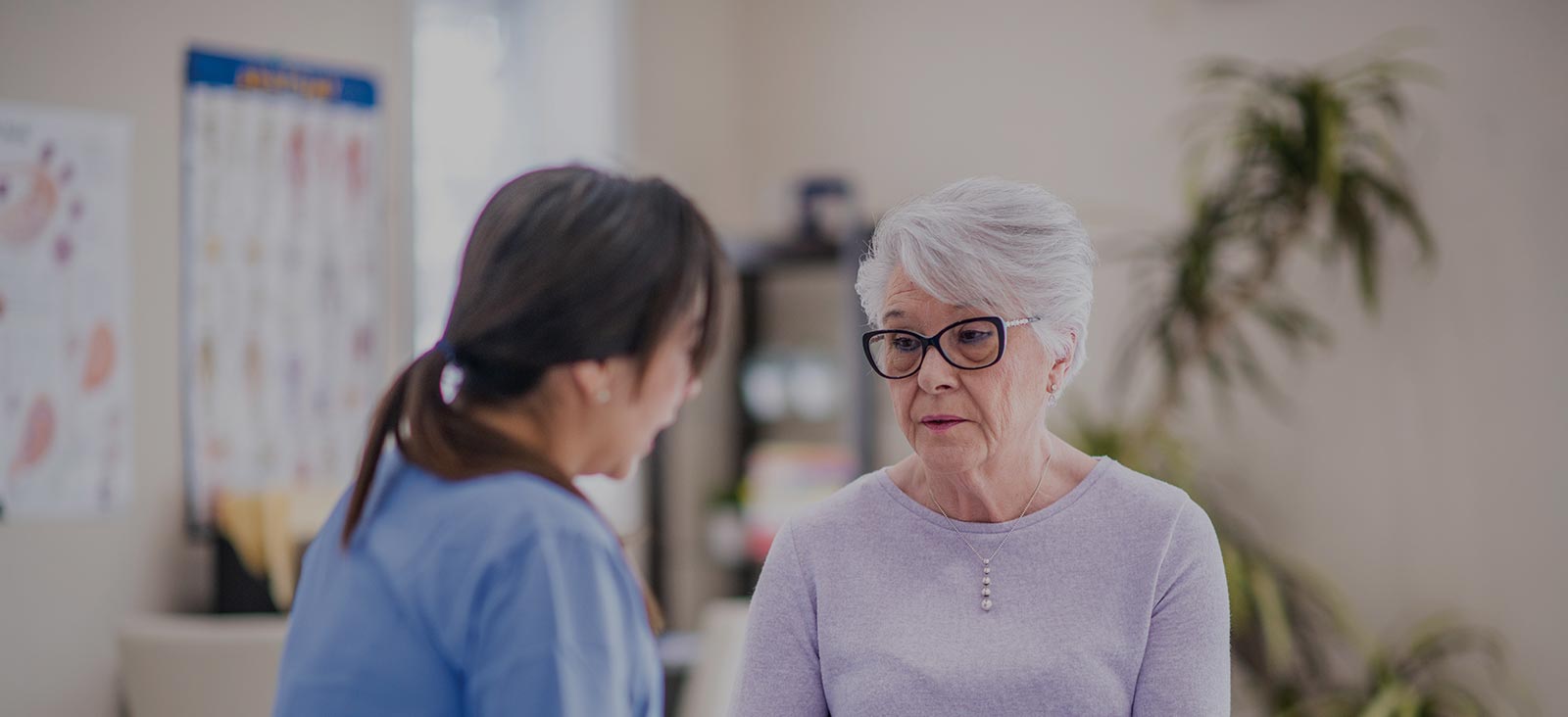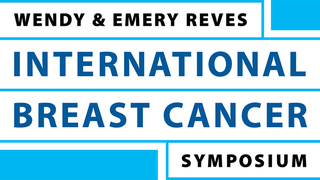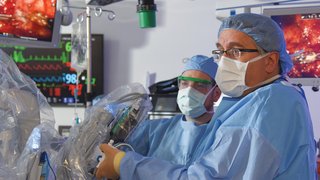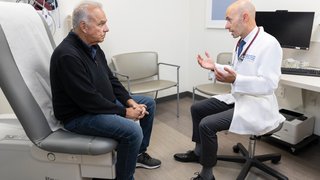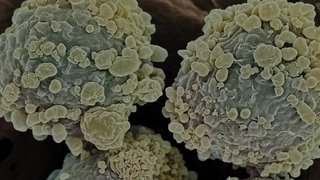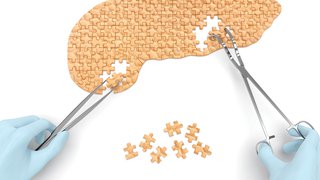Are ED Visits by Cancer Patients Preventable?
November 19, 2020
Clinical Trials at UT Southwestern
As an academic medical center, UT Southwestern offers clinical trials that give eligible patients access to the newest therapies. Learn more about clinical trials at UT Southwestern.
Researchers at UT Southwestern are working to identify patient-oriented alternatives to better optimize ED visits and clinical care.
Oncology patients frequently visit the emergency department (ED) for various health concerns and other disease-related comorbidities. While the use of acute care settings is often warranted, a substantial proportion of these visits might be preventable. Potential strategies for reducing visits include managing symptoms, ensuring correct treatment regimens, and properly managing care. [1] Specialized care is often required, and dependent upon the type, stage, and location of disease. Optimal patient care needs to be delivered in a safe and high-quality manner, which can be demanding for ED clinicians, given the dynamic complexities of oncology care, diverse patient populations, and ongoing demands of the ED setting. [2]
In 2020, it is estimated that the costs for cancer care will be a staggering $173 billion. The report Delivering High-Quality Cancer Care: Charting a New Course for a System in Crisis identified several factors that contribute to high-quality cancer care, with the substantial costs of delivering treatment and fragmentation of service noted as key barriers. [3] As the number of oncology patients visiting the ED rises each year, a closer analysis is needed to better understand why oncology patients are using the ED. [2]
Examining Care Patterns Before an Emergency Department Visit
Medicare’s Oncology Care Model alternative payment program provides 24-hour patient access to telephone consultation with a clinician. As a result, various hospitals have developed oncology urgent care clinics. However, patterns of care in these clinics remain largely unknown. [4] In a recent study, my team collected and retrospectively analyzed the electronic health records of adult oncology patients from Parkland Health & Hospital System (PHHS), the Dallas County public safety net system, and the UT Southwestern (UTSW) NACR Gold-Certified cancer registry (2012-2018). We evaluated how frequently patients visit the ED without obtaining prior clinical advice and compared ED visit severity between patients with and without preceding clinical advice. [4] A mixed-effects multivariate logistic regression clustering was used at the patient level to model ED disposition after a pre-ED clinical contact. [4]
The study matched 8,289 Parkland (54% female, 78% Medicaid/charity assistance) and 10,817 UTSW patients (50% female, 12% Medicaid), who had 21,009 and 22,696 ED visits, respectively. More than two-thirds of all ED visits arose without prior clinical contact (70.2% PHHS, 66.7% UTSW). [4] Although clinical severity was slightly greater for ED visits without prior clinical contact (46% vs. 43% ≥ major severity; P < .01), patients were discharged home more often if clinical contact came before ED visits (aOR of hospitalization 0.82; 95% CI, 0.74-0.90). [4]
Our urgent care use research is relevant to clinicians because we know this gap can be filled. I think it’s simply a matter of integrating it better, making it more visible to patients and their families, and figuring out how we can optimize and reduce ED visit use.
“It strikes me that most patients don’t know the difference between an urgent care, ED, or outpatient visit, and what could be done in any of these locations. The more you think about it, it’s not really their job.”
Arthur Hong, M.D., M.P.H.
Future Directions
Further research is needed to better characterize and develop strategies to improve oncology-related ED care. Recent research by my colleagues and myself found that lower-acuity ED visits could be addressed in an urgent care setting, thereby lowering the number of ED visits by oncology patients. [5] Future studies will focus on individual physician-level decisions and identify and evaluate patterns in oncology patient management. [5]
Additionally, UT Southwestern recently opened the Simmons Cancer Center Acute Care Clinic to prevent unnecessary ED visits by cancer patients. The clinic includes expert personnel who work directly with oncology patients, with the goal of improving patient care and patient experience all while reducing trips to the ED.
At Simmons Cancer Center, we’re undertaking efforts to optimize care, with the goal of improving the lives of cancer patients in our health system and city at large. I believe this is a key differentiator of Simmons from other centers.
About the Author
Arthur Hong, M.D., M.P.H., is an Assistant Professor in the departments of Internal Medicine and Population and Data Sciences at UT Southwestern Medical Center. His main research interests are in understanding how patients and clinicians interact within the health care system, innovation in care delivery, improving the value and quality of care, and evaluating health policy.

